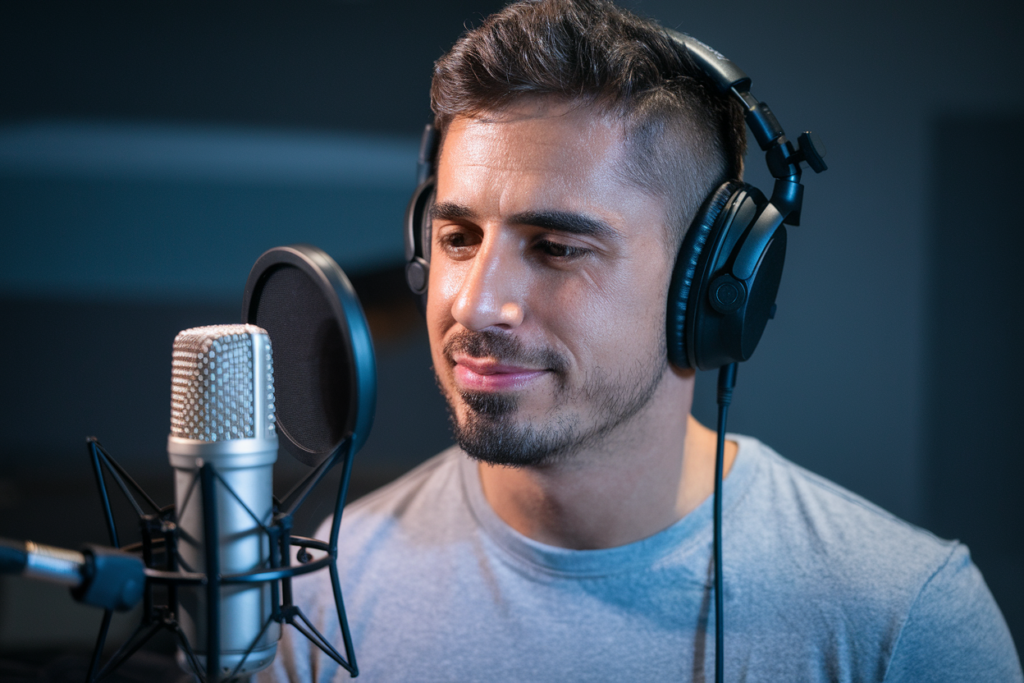Language is more than just a means of communication; it’s a cornerstone of cultural identity. In Galicia, the linguistic landscape plays a vital role in shaping what it means to be Galician. The interplay between Galician and Spanish not only reflects historical ties but also influences contemporary social dynamics.
As I delve into the significance of language in Galician identity, I’ll explore how the revival of the Galician language fosters a sense of belonging and pride among its speakers. Understanding this relationship offers insights into broader themes of cultural preservation and community resilience, highlighting why language matters now more than ever.
The Role of Language in Galician Identity
Language serves as a cornerstone of Galician identity, deeply intertwined with cultural heritage. The Galician language reflects local traditions, customs, and historical narratives unique to the region. Speaking Galician fosters a sense of belonging among its speakers, reinforcing community bonds.
The interplay between Galician and Spanish highlights the complexity of linguistic identity in Galicia. While Spanish dominates national discourse, Galician embodies regional pride and cultural expression. This duality creates a rich tapestry that shapes social dynamics within the community.
Reviving the use of the Galician language plays a crucial role in cultural preservation. Educational programs promoting Galician encourage younger generations to embrace their linguistic roots. Increased visibility in literature, music, and media strengthens collective identity and fosters resilience against external influences.
Community events celebrating the Galician language further enhance its significance. Festivals showcasing traditional songs, poetry readings, and storytelling create spaces for shared experiences. These gatherings reinforce cultural continuity while encouraging intergenerational connections.
Language acts as a powerful tool for expressing identity among Galicians. It encapsulates history while fostering pride and unity within communities across Galicia.
Historical Context
The historical context of the Galician language reflects its evolution and significance within regional identity. Understanding this background is essential to grasp the intricacies of linguistic pride in Galicia.
Evolution of the Galician Language
Galician evolved from Latin, influenced by Celtic languages and other Iberian tongues. By the 13th century, it became a literary language, evident in works like “Cantar de los Cantares.” The decline during the late Middle Ages resulted from political changes and a shift toward Castilian dominance. In the 20th century, Franco’s regime suppressed Galician, impacting its use in education and public life. A resurgence began after democracy was restored in Spain in 1975, leading to greater recognition and integration into educational systems.
Key Historical Events Influencing Identity
Several key events shaped Galician identity through its language.
- Medieval Period: The emergence of Galician as a literary medium solidified cultural heritage.
- Spanish Civil War (1936-1939): Language suppression under Francoism marginalized Galician speakers.
- Post-Franco Era: Political transition allowed for revitalization efforts, including legislative support for teaching and promoting Galician.
- Galicia Statute of Autonomy (1981): This statute recognized Galician as an official language alongside Spanish, fostering institutional support.
These events illustrate how historical forces have intertwined with linguistic identity in Galicia, highlighting resilience amid challenges while reinforcing community bonds through shared language experiences.
Linguistic Diversity in Galicia
Galicia’s linguistic landscape showcases a rich tapestry of languages and dialects, reflecting the region’s unique cultural heritage. The interplay between Galician and Spanish highlights the complexities of linguistic identity in this vibrant community.
Regional Variants and Dialects
Galician encompasses various regional variants and dialects, each contributing to the overall diversity of the language. Key dialectal groups include:
- Western Galician: Predominantly spoken in provinces like A Coruña, it features distinct phonetic traits.
- Central Galician: Found in areas such as Lugo, it maintains traditional vocabulary while incorporating modern influences.
- Eastern Galician: Common in parts of Ourense, this variant shows notable lexical differences from its western counterpart.
These regional distinctions reflect local identities and foster a sense of belonging among speakers. Additionally, ongoing efforts to standardize Galician through educational initiatives aim to preserve these diverse forms while promoting unity across the region.
Influence of Other Languages
Galician has absorbed influences from other languages throughout its history, shaping its evolution. Significant sources include:
- Spanish: As a dominant national language, Spanish impacts vocabulary and syntax within Galician.
- Portuguese: Historical connections with Portugal contribute lexical similarities between the two languages.
- Celtic Languages: Traces of ancient Celtic tongues appear in idiomatic expressions and place names throughout Galicia.
These linguistic interactions enrich Galician while also highlighting its distinctiveness. Understanding these influences reveals how external factors have shaped local identity and expression over time.
The Impact of Language on Cultural Identity
Language plays a crucial role in shaping cultural identity, especially within the Galician context. It acts as a conduit for expressing collective experiences and values unique to the region.
Language as a Marker of Identity
Galician serves as a defining marker of identity among its speakers. It embodies regional pride and reflects cultural heritage, distinguishing Galicians from other Spanish communities. Speaking Galician fosters belonging and strengthens community ties. As I engage with others in Galician, I notice how it creates an immediate connection based on shared linguistic heritage. This bond promotes solidarity and resilience, enabling communities to maintain their distinct identities amid external pressures.
Role of Language in Traditions and Customs
Language is integral to Galicia’s traditions and customs, serving as a vehicle for storytelling, music, and rituals that define the region’s cultural landscape. Traditional songs sung in Galician celebrate local history, while folktales passed down through generations preserve valuable lessons and communal values. Participating in these customs reinforces my understanding of our collective past and solidifies my connection to fellow Galicians. Festivals celebrating the language further highlight its importance by bringing together diverse communities around shared cultural practices that thrive through linguistic expression.
Contemporary Issues
Contemporary issues surrounding the Galician language and its role in identity reflect ongoing challenges and opportunities within the region. Language politics and future prospects significantly shape the landscape of cultural expression in Galicia.
Language Politics in Galicia
Language politics plays a crucial role in shaping Galician identity. The coexistence of Galician and Spanish often leads to tensions regarding status, usage, and representation. Despite official recognition under the Galicia Statute of Autonomy (1981), disparities persist in educational resources, media presence, and public life. This duality creates an environment where some individuals feel pressured to prioritize Spanish over Galician for social mobility or employment opportunities.
Government policies aimed at promoting bilingualism are essential yet unevenly implemented across different regions. Efforts such as incorporating Galician into school curricula enhance visibility but face resistance from factions advocating for a stronger emphasis on Spanish. Activist groups advocate for increased funding and support to elevate Galician’s status further, arguing that robust language policies can strengthen cultural pride among younger generations.
The Future of Galician Language and Identity
The future of the Galician language hinges on intergenerational transmission and community engagement. Current initiatives focus on integrating Galician into modern contexts through digital platforms, literature, music, and arts. By adapting traditional expressions to contemporary formats, speakers maintain relevance while fostering connections with younger audiences.
Educational programs emphasizing immersive experiences encourage youth participation while cultivating an appreciation for their linguistic heritage. Increased collaboration between local governments, schools, artists, and activists promotes a cohesive approach to revitalizing the language.
The vitality of the Galician language remains tied to collective efforts supporting its use across various domains—social interactions, artistic endeavors, and political advocacy reinforce its significance as a marker of cultural identity. As communities continue embracing their linguistic roots while navigating contemporary challenges, they enhance resilience against external pressures that threaten this vital aspect of their heritage.
Conclusion
The role of language in shaping Galician identity is profound and multifaceted. As I reflect on the relationship between Galician and Spanish, it’s clear that this linguistic dynamic not only highlights historical narratives but also fosters a strong sense of community pride. By embracing the Galician language, individuals connect with their cultural roots while reinforcing bonds within their communities.
Looking ahead, the commitment to reviving and promoting Galician is crucial for preserving our unique heritage. It’s inspiring to see initiatives aimed at engaging younger generations and integrating the language into modern contexts. As we navigate challenges together, I’m optimistic about the future of Galician as a vibrant expression of our identity, connecting us all through shared history and culture.








